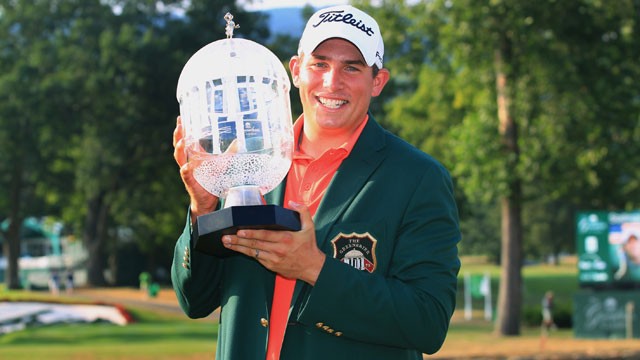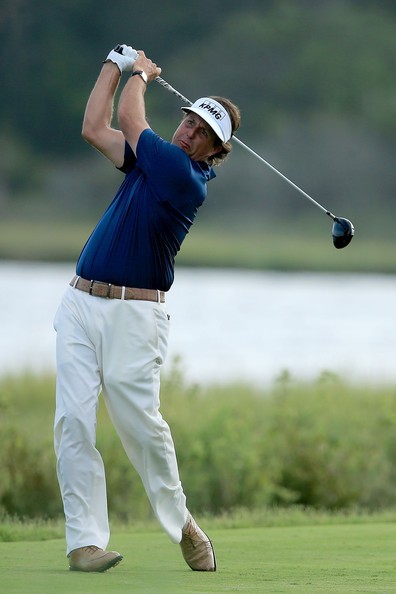When it comes to golf, I’m on the sidelines — with a drink. For better or for worse, booze and golf go hand in hand, from drinking your way around the course to dozens of professional golfers falling prey to alcoholism. It’s even classic joke material: “A recent study found that the average golfer walks about 900 miles a year. Another study found that golfers drink, on average, 22 gallons of alcohol a year. This means that, on average, golfers get about 41 miles to the gallon!”
I had a cousin, Jack Finlay, who my grandmother’s sister, Margaret Maclin, met and married in India during WWII. He was a Scotsman, who, as family lore has it, was the son of a greenskeeper at St. Andrew’s Fairway. Jack Finlay came with Margaret to Shreveport, Louisiana, after the war ended, and wound his way up and down the Mississippi River Delta. He worked at dozens of golf courses and country clubs in towns like Belzoni, Bunkie, Monroe, Tallulah, and all points in between. He was also a big drinker who, for the most part, seemed unfazed by the dozen
or so beers he’d pound every day.

Drinks and golf links
His propensity for alcohol — and his talent for golf — surprised no one. After all, according to Scottish folklore, golf evolved as an 18-hole game because a bottle of Scotch contained 18 shots. When the bottle was drunk, the game was over.
Jack drank it all, and so there’s no revered family recipe to share here. He died when I was young, so I have no idea whether he’d prefer to throw back a Scottish Links, made with Glenmorangie Original whisky and sherry, or a Birdie, a blend of gin and St. Germain. Odds are, he’d like them both.
I lean toward the doctored-up Arnold Palmer, a variation on the virgin ice tea and lemonade concoction made famous by the late, great golfer that includes bourbon. Memphis golfer John Daly has his own cocktail, another Arnold Palmer variation that includes vodka. There’s also the Azalea, a cocktail salute to the Masters in Augusta, hallowed ground for every golfer. The sweet drink is a combination of one part each lime juice and pineapple juice and three parts gin, with enough grenadine added to turn your drink bright pink.
Last month, Golf Digest conducted an informal study of the effects drinking has on your golf game. Their conclusion: A few beers can serve as “swing oil,” but too many, and your senses are dulled, which affects coordination.
Too many for my cousin Jack meant that he would lose his job — a regular occurrence — and he and Margaret would have to pack their bags and head to another golf club on one or the other side of the Mississippi River.
I’m curious to see how Daly plays at the FedEx St. Jude Classic, which starts June 4th at TPC Southwind. I felt a little hungover myself as I watched the professional golfer recount how many times he suffered from the after-effects of over-drinking on the course in his epic ESPN 30 for 30 episode, titled “Hit It Hard,” which first aired in 2016. Who knows what shape he’ll be in this time around?
Then again, when I feel hungover, there’s no better cure than golf: I turn on the TV to whichever tournament is being broadcast, set the volume on low, and watch the tiny ball float over a sea of beautiful green grass. The hushed tones, the polite applause, the way the white ball eventually sinks into a cup just as the caddie removes the flag: Somehow, it all makes me feel like I’m ready for another drink.

